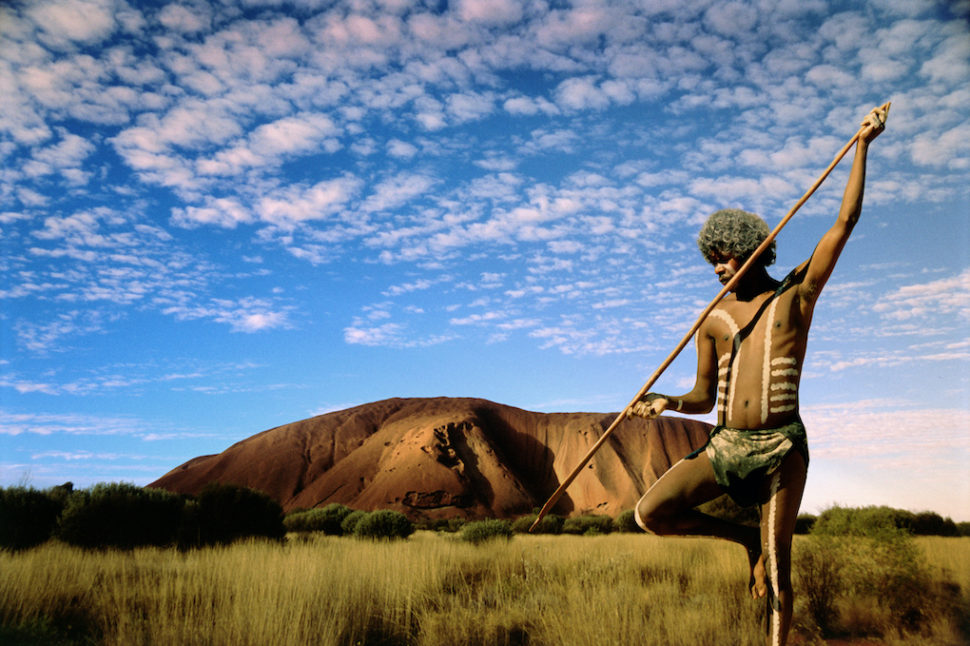An extraordinary genetic analysis back in 2011 illuminated the profound historical roots of Australia’s indigenous people. The research shares evidence that the forebears of Aboriginal Australians were among the earliest humans to venture out of Africa. Their migration was a critical part of shaping the human narrative, predating the movements of Europeans and Asians by thousands of years.
This genetic revelation comes from the meticulous study of a 90-year-old hair sample, thought to belong to a young man. The DNA analysis tells a story of migration, adaptation, and survival that has long been a subject of anthropological debate. Lead author and University of Copenhagen professor Eske Willerslev explains to The Imperial London, “Aboriginal Australians descend from the first human explorers, spreading rapidly across Asia and eventually crossing the sea into Australia.”

All Humans Migrated From Africa
Anthropologists have been divided over whether humans left Africa in a single migration wave or through multiple waves of dispersal. The genome sequencing of Aboriginals has unveiled compelling evidence that humans moved out of Africa in two major waves. This also confirms that modern-day Aboriginal Australians are the descendants of those early pioneers who reached Australia 50,000 years ago.
Genetic Sampling
The hair sample, now recognized as a critical artifact, was collected near Kalgoorlie in Western Australia. Working in collaboration with the Goldfields Land and Sea Council, who represent the Aboriginal traditional owners of the region, researchers used advanced DNA sequencing technology to decode the hair’s genetic information. This method, called Next-Generation Sequencing, has made it cheaper and more accurate to read genetic code. The study’s computer methods helped determine when different groups of people separated, like following the path of a journey through history.
This study’s implications do not carry political weight but serve to underscore the presence of Aboriginal Australians in their homeland. The discovery reaffirms their connection to the Australian landscape and a culture that has thrived for millennia.





